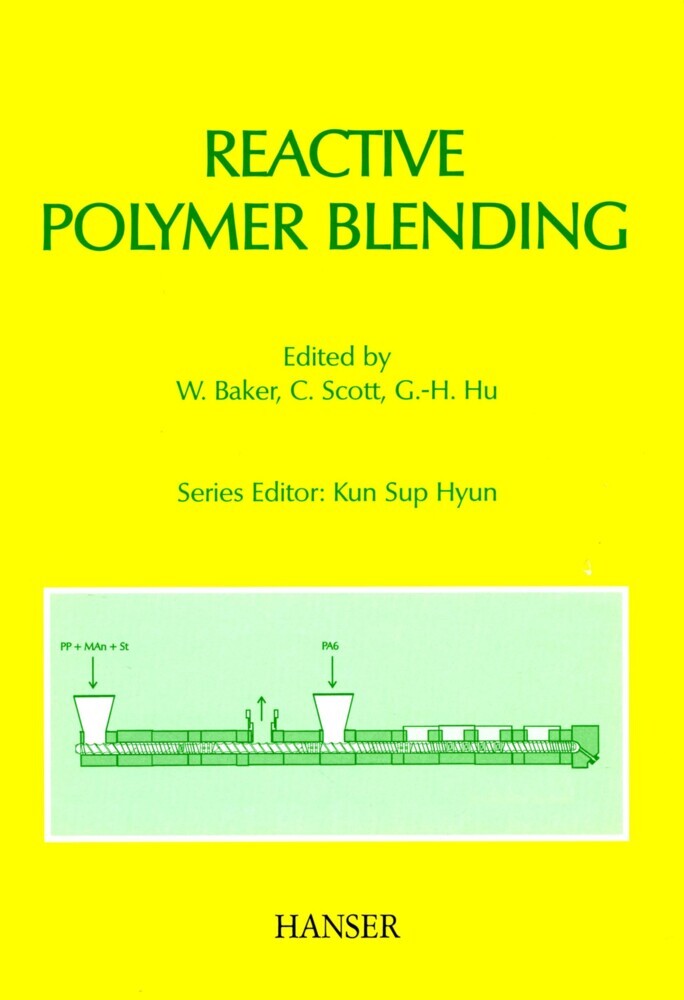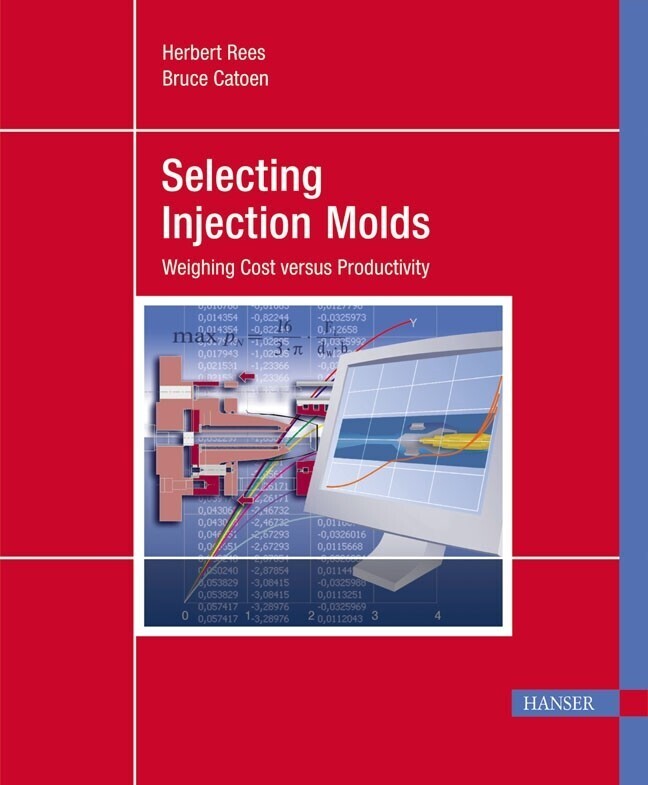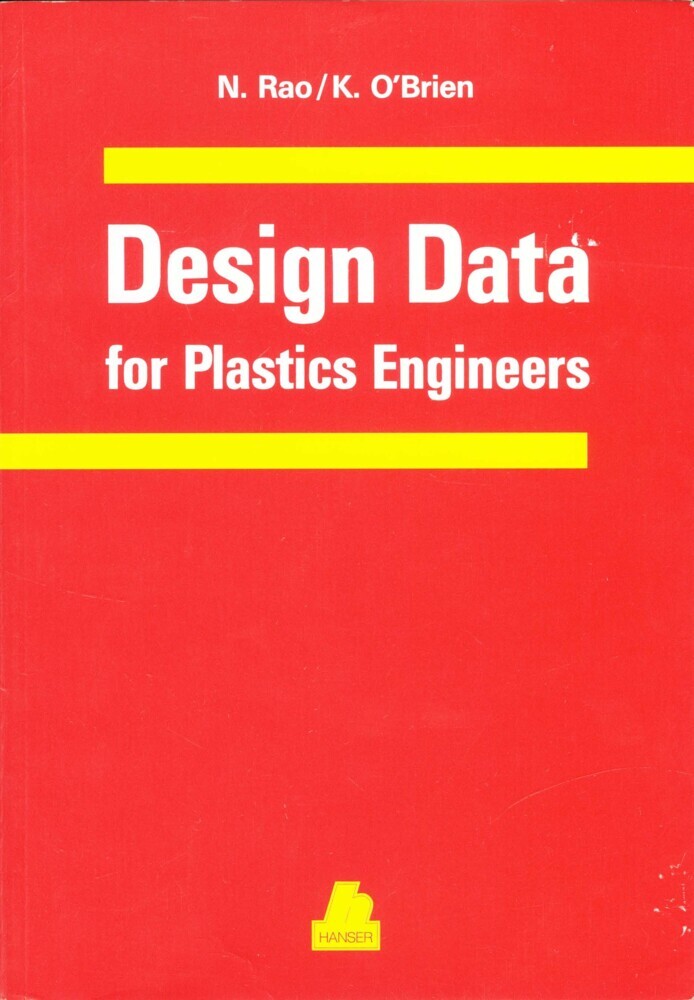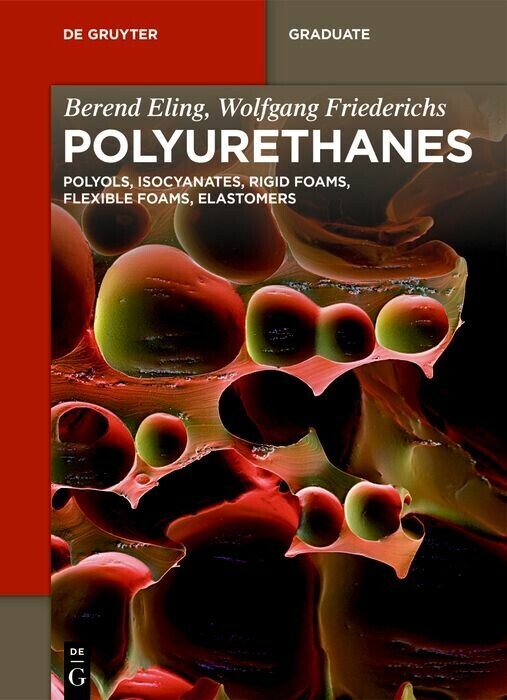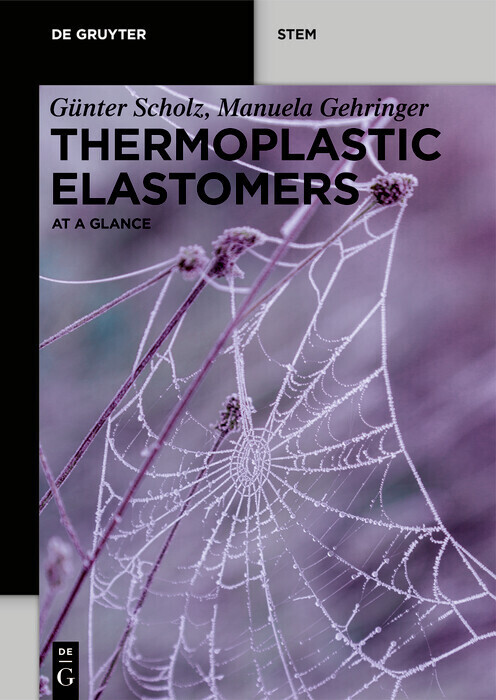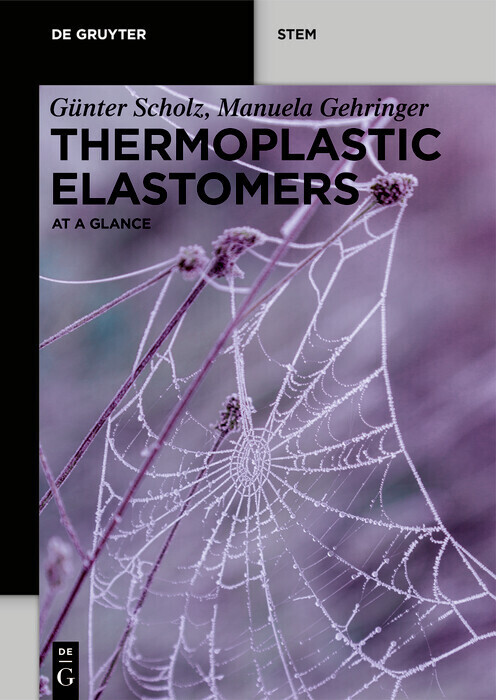Reactive Polymer Blending
Major advancement has occurred in preparing useful polymer blends, in most cases using some form of compatibilization. While physical compatibilization using block copolymers was the technique of choice in the past, increasingly reactive approaches have been used. Much enabling technology is required to produce commercially viable blends including compatibilization chemistry, blend rheology, process equipment and morphology control. This volume is particularly suitable for students as a graduate level textbook and for practitioners trying to optimize these products and processes.
Contents
-Types of Reactive Polymers which Have Been Investigated
-Chemistry of Compatibilization Reactions
-In-Situ Interfacial Reactions - Kinetics and Interfacial Thickness
-Molecular Architecture of Reactive Compatibilizing Polymers
-Effects of Interfacial Reactions on Phase Morphology Development
-Effects of Rheology on Phase Morphology Development
-Phase Inversions in Blending
-Role of Mixing Mechanisms and Devices in Reactive Blending
-Extruders Used in Reactive Blending
-One-Step and Two-Step Reactive Blending Processes
-Reactive Blending of Polyamides
-Principles and Examples of Toughening
-Reactive Blend Compatibilization Using Small Molecules
Contents
-Types of Reactive Polymers which Have Been Investigated
-Chemistry of Compatibilization Reactions
-In-Situ Interfacial Reactions - Kinetics and Interfacial Thickness
-Molecular Architecture of Reactive Compatibilizing Polymers
-Effects of Interfacial Reactions on Phase Morphology Development
-Effects of Rheology on Phase Morphology Development
-Phase Inversions in Blending
-Role of Mixing Mechanisms and Devices in Reactive Blending
-Extruders Used in Reactive Blending
-One-Step and Two-Step Reactive Blending Processes
-Reactive Blending of Polyamides
-Principles and Examples of Toughening
-Reactive Blend Compatibilization Using Small Molecules
1;Foreword;82;Contents;103;Contributors;144;Preface;165;1 Introduction;185.1;1.1 Background;195.2;1.2 Important Blending Principles;205.3;1.3 A Historical Perspective on Reactive Blending;245.4;1.4 The Evolution of Commercial Practice;265.4.1;1.4.1 Patents and Products;265.4.2;1.4.2 Processing;275.5;1.5 Summary;285.6;References;286;2 Types of Reactive Polymers Used in Blending;306.1;2.1 Introduction;316.2;2.2 Compatibility in Polymer Blends;326.2.1;2.2.1 Basic Concepts;326.2.2;2.2.2 Strategies for Blend Compatibilization;326.3;2.3 Preparation of Reactive Polymers;346.4;2.4 Types of Compatibilizing Reactions;366.5;2.5 Types of Reactive Polymers and Their Applications;366.5.1;2.5.1 Reactive Polymers Having MAn Functionality;376.5.2;2.5.2 Reactive Polymers with Carboxylic Acid Functionality;396.5.3;2.5.3 Reactive Polymers Capable of Interchange Reactions;416.5.4;2.5.4 Reactive Polymers Containing Primary and Secondary Amines;436.5.5;2.5.5 Reactive Polymers Containing Hydroxyl Groups;436.5.6;2.5.6 Reactive Polymers Containing Heterocyclic Groups;466.5.7;2.5.7 Reactive Polymers Capable of Ionic Interactions;486.5.8;2.5.8 Miscellaneous Reactive Polymers;486.6;2.6 Concluding Remarks;496.7;List of Abbreviations;516.8;References;527;3 Reactive Blending with Immiscible Functional Polymers: Molecular, Morphological, and Interfacial Aspects;607.1;3.1 Introduction;617.2;3.2 Reactive Versus Physical Blending with Respect to Compatibilization;617.2.1;3.2.1 Similarities and Differences;617.2.2;3.2.2 Industrial Feasibility and Current Trends;637.3;3.3 In Situ Interfacial Chemical Reactions of Functional Polymers;647.3.1;3.3.1 Types of In Situ Chemical Reactions Involved;647.3.2;3.3.2 Kinetics of Interfacial Reactions and Molecular Characterization;667.4;3.4 Effects of Reactive Blending on Phase Morphology;707.4.1;3.4.1 Effect of Reactive Blending on Phase Morphology Generation;707.4.2;3.4.2 Effect of Reactive Blending on Phase Stabilisation in the Melt;807.4.3;3.4.3 Effect of Reactive Blending on Phase Co-Continuity;817.4.4;3.4.4 Interfacial Stability of the In Situ Formed Copolymer;847.5;3.5 Effect of Reactive Blending on Crystallization of Blends Containing Crystallizable Components;847.6;3.6 Blend Interface Characterization;867.6.1;3.6.1 General Aspects Concerning Polymer/Polymer Interfaces;867.6.2;3.6.2 Determination of the Interfacial Tension in Reactively Compatibilized Blends;897.6.3;3.6.3 Determination of the Interfacial Thickness in Reactive Blends;917.7;3.7 General Conclusions;957.8;References;968;4 Key Role of Structural Features of Compatibilizing Polymer Additives in Reactive Blending;998.1;4.1 Introduction;1008.2;4.2 General Principles;1028.3;4.3 Molecular Architecture of the Compatibilizer;1028.3.1;4.3.1 Alternative 1;1038.3.2;4.3.2 Alternative 2;1038.3.3;4.3.3 Alternative 3;1048.4;4.4 Phase Morphology Development;1048.5;4.5 Effect of the Interfacial Reaction on the Phase Morphology Development;1068.6;4.6 Effect of the Molecular Characteristic Features of the Reactive Polymers;1078.6.1;4.6.1 Kinetics of the Interfacial Reaction;1078.6.2;4.6.2 Molecular Weight of the Compatibilizer Precursors;1128.6.3;4.6.3 Reactive Group Content of the Reacting Polymers;1158.6.4;4.6.4 Distribution of the Reactive Groups Along the Chains;1218.7;4.7 Effect of Processing Conditions;1228.7.1;4.7.1 Melting Order of the Constitutive Components of Reactive Polyblends;1228.7.2;4.7.2 Effect of Shearing;1238.7.3;4.7.3 Initial State of Dispersion;1248.7.4;4.7.4 Mixing Temperature;1248.8;4.8 Conclusions;1258.9;References;1269;5 Morphological and Rheological Aspects of Reactive Polymer Blending;1309.1;5.1 Morphology Development During Blending of Immiscible Polymers;1319.1.1;5.1.1 The Melting Regime;1339.1.2;5.1.2 The Melt Flow Regime;1379.1.3;5.1.3 Final Morphology of Reactive Blends;1449.1.4;5.1.4 Miscible Reactive Polymer Blends;1499.2;5.2 Rheological Aspects of Reactive Polyme
Baker, Warren E.
Scott, Chris E.
Hu, Guo-Hua
| ISBN | 9783446401747 |
|---|---|
| Artikelnummer | 9783446401747 |
| Medientyp | E-Book - PDF |
| Copyrightjahr | 2013 |
| Verlag | Carl Hanser Fachbuchverlag |
| Umfang | 400 Seiten |
| Sprache | Englisch |
| Kopierschutz | Digitales Wasserzeichen |

